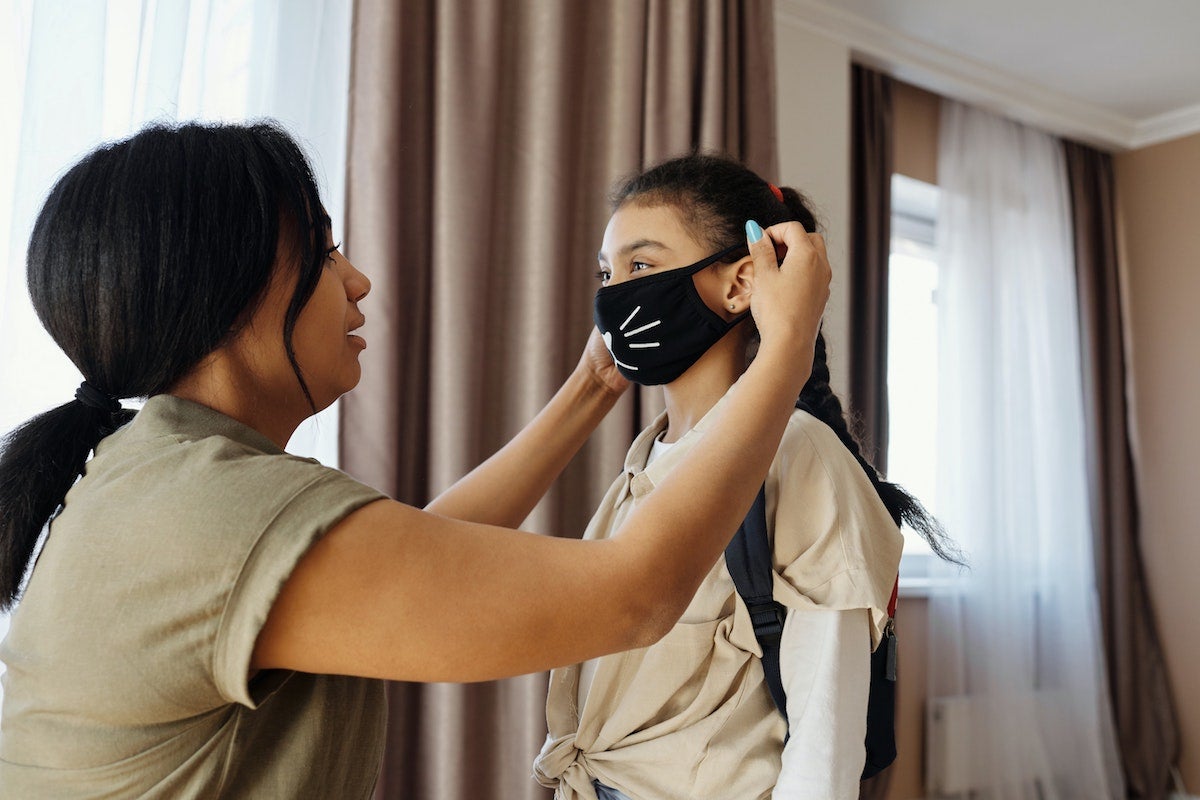As a new school year begins for many of our children, parents are worried about navigating the new normal of life with COVID-19. Colleen Moran-Bano, a pediatrician at the UCF College of Medicine who leads pediatric training for M.D. students and is a parent herself, offers these tips.
As pediatricians, we know that most children learn best when they are in face-to-face schooling. That’s because young people thrive when they have routine, expectations, boundaries and opportunities to learn how to socialize with others. Besides consistent classroom instruction, in-person schooling gives children structure, physical activity and more adults who care about them. When COVID-19 forced schools to close, healthcare providers saw the impact. Some children suffered from food insecurity. Suicidality increased as did behavioral and anger issues and eating disorders. Parents were stressed trying to navigate in-home schooling, especially those caring for children with special needs.
That said, returning to 100 percent in-person schooling causes concerns and may not be for everyone. As parents, it’s important to understand the science and the risks for your particular child and family. We know that COVID-19 is particularly dangerous to the elderly and to those with pre-existing conditions like asthma, diabetes, obesity and those who with compromised immunity. If you have older or high-risk people living with you, sending your child to school may be a riskier option. The same is true if your child has medical issues that make them at higher risk to become very ill from COVID-19.
One of the challenges of this virus is that it is so novel we are learning its traits in real-time — as we live through it. We know from data early on in the pandemic that children made up only about 2 percent of all symptomatic infections. We also saw that middle schoolers and teens, the 14 to 17-year-olds, had the highest symptomatic infection rate among children and were less inclined to practice social distancing. Because we closed schools quickly when the virus hit, we don’t have data on how infection rates will respond when children return to a more normalized school setting. It’s unrealistic to test all school children for COVID-19, so their infection rates may be higher than we believe, and many may be asymptomatic though likely still playing a key role in community transmission. We also don’t know how the upcoming flu season will impact infections.
Schools are doing everything they can to protect children who are participating in face-to-face learning. They are instituting new policies — including having teachers move from room to room rather than students. They have made changes to transportation systems, hallway movements, dining and sanitation and are holding as many activities outdoors as possible. They are also offering a mix of in-person and virtual learning.
As parents, you play a key role in how your child responds to the new school year. If you’re anxious and afraid, your child will be, too. As adults, we need to put on a brave face — even if we don’t feel brave inside. Focus on the things you can control — make hand-washing a family event. Let your child pick out colorful masks they will want to wear — and wear yours every time you go out in public. Eat healthy foods that boost immunity. Get outside. Make sure you are keeping up with your child’s immunizations and well visits — don’t let fear of COVID-19 cause you to postpone or ignore these important health protections.
Above all, be flexible. We’re all in unchartered water here. And whatever we plan for today will likely change. Remember, we’re all in this together. Your child’s healthcare provider is part of your team. So lean on us if you have questions or concerns.




